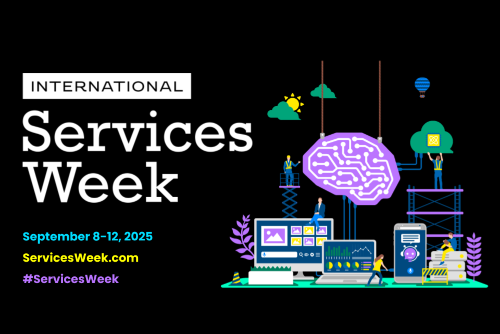5 ways professional services firms can identify revenue leaks

Revenue leakage is the unintentional and unnoticed loss of revenue, and typically comes from unbilled or underbilled service hours or products. Essentially, your organization is doing the work and not getting fairly compensated.
In today’s volatile economy, no business can afford to lose revenue. Yet, the average professional services organizations see almost a 5% gap between revenue sold and revenue earned – potentially representing millions in revenue leakage.
Is revenue leakage happening in your business? The most important thing you can do is identify where the revenue leakage is and take the appropriate steps to stop it.
Answer these questions to determine where you stand.
1. Are we relying on too many manual processes?
Manual processes—such as using spreadsheets, whiteboards, or paper forms for data entry and project tracking, or even for the creation of service estimates and statements of work (SOWs)—introduce problems in managing services revenue and billing. Manual processes take time and effort, resulting in delays or at worst, a complete failure to record billable activities. At a minimum, they lead to inaccuracies and oversight. Errors often occur when data is entered by hand, leading to inconsistencies between the work performed and work recorded for billing.
2. Are we properly enforcing our pricing policies?
Someone in your organization might not properly bill for services provided, may offer discounts or reduced prices when they shouldn’t, or sell subscriptions at the wrong rate. With the right solution, you can automatically track customer contracts and invoicing at each stage – and bill accurately.
3. Are we tracking our customer lifecycles and how changes impact revenue?
During their lifecycle with your organization, your customers ideally will purchase new products, upgrade or add on to their service, or add additional users. If you’re not accurately tracking upgrades, add-ons and user shifts within the customer lifecycle (often automatically updated from your customer success and support organization) you could be leaving big money on the table.
4. Are we keeping up with more complex processes and growing demands?
If your organization isn’t adopting solutions like workflow automation, professional services automation, or customer success solutions, you’re likely making things much harder than necessary. Additionally, as you work to keep up with the faster pace of business and the increasingly complex processes, your people will struggle to estimate project costs, and budget and bill accurately for the delivered work.
5. Are we spending too much time on administrative tasks?
If you haven’t automated operational service processes like project estimates, scheduling, project status and risk reporting or service revenue forecasting, your administrative professionals can spend far too much time on daily administrative tasks than is accounted for in client billing. These tasks are necessary to keep projects on track – but it can be hard to identify revenue leakage buried in them if the tasks remain manual.
How did you score? If you don’t like your answers it’s time to take action. For a deeper dive on the subject, take a look at this ebook: Put an End to Revenue Leakage and Margin Erosion.
Recent Articles
Maximize your Salesforce investment with Certinia






